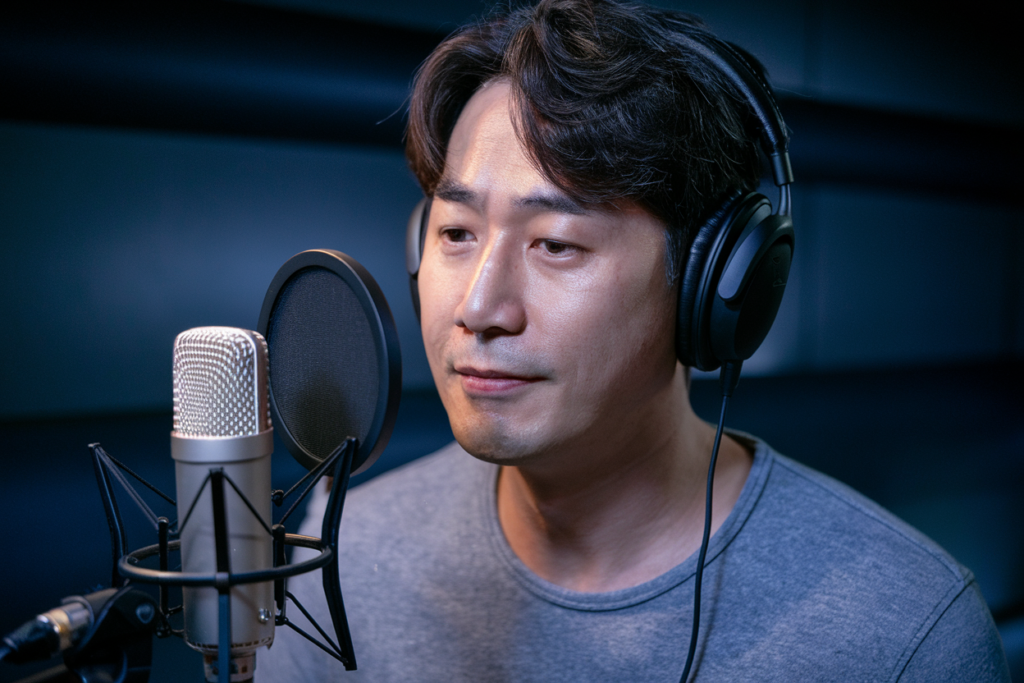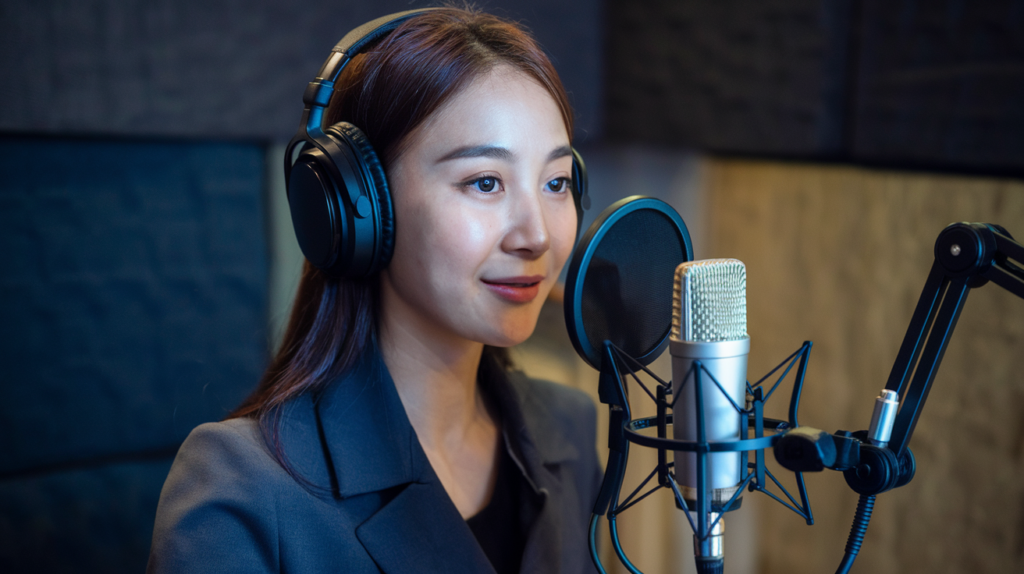Key Takeaways
- Diverse Regional Accents: Korean features a variety of regional accents, each with unique characteristics that reflect local culture and influence communication.
- Major Accents Overview: Key regional accents include the Seoul accent (standard for media), Busan accent (distinct intonations), Jeolla accent (softer tones), and Gyeongsang accent (assertive delivery).
- Historical and Geographical Influences: Historical events and geographical barriers have shaped the evolution of these accents, leading to distinct speech patterns across regions.
- Communication Challenges: Accent differences can lead to misunderstandings in conversations, highlighting the importance of familiarity with various pronunciations for effective communication.
- Cultural Identity Significance: Each regional accent represents local heritage, fostering pride and a sense of belonging among speakers while enriching the overall Korean cultural landscape.
Ever wondered why your friend from Busan sounds so different from someone in Seoul? Regional accent differences in Korean can be fascinating yet confusing. These variations not only reflect local culture but also influence communication and understanding among speakers.
Overview of Regional Accents in Korean
Korean features diverse regional accents, each carrying unique characteristics that reflect local culture. You may notice significant differences between the speech of someone from Busan and a person from Seoul. These accents influence pronunciation, intonation, and vocabulary.
Major Regional Accents
- Seoul Accent
The Seoul accent serves as the standard for much of South Korea’s media and education. You’ll find clear pronunciations and a neutral tone, making it widely understood across the country.
- Busan Accent
The Busan accent is known for its distinct intonations and rapid speech patterns. Words often blend together, creating a lively rhythm that’s recognizable to those familiar with it.
- Jeolla Accent
In Jeolla Province, speakers use a softer tone with elongated vowels. This accent may sound melodic but can be challenging for non-locals to grasp fully.
- Gyeongsang Accent
Gyeongsang speakers display assertive tones with sharp consonants that stand out in conversation. This accent showcases pride in regional identity through its unique vocal traits.
- Incheon Accent
The Incheon area features influences from both Seoul and surrounding regions, resulting in an interesting hybrid accent that reflects cultural exchange.
- North Korean Accent
Differences extend beyond South Korea; North Korean accents exhibit variations due to historical context and language evolution since the division of Korea.
Understanding these regional accents not only enriches your appreciation for the Korean language but also enhances communication effectiveness when interacting with native speakers from various backgrounds. Embracing these nuances leads to more authentic connections in conversations or voiceovers within the industry.
Key Regional Accents
Korean regional accents showcase the rich diversity of the language, each adding unique flavors to communication. Understanding these accents enhances your appreciation for Korean culture and improves interaction with native speakers.
Gyeonggi Accent
The Gyeonggi accent, primarily associated with Seoul and surrounding areas, serves as a linguistic standard in South Korea. It’s characterized by clear pronunciations and a neutral tone, making it popular in media and education. You’ll notice its balanced intonation, which helps convey messages effectively in various contexts.
Busan Accent
The Busan accent stands out due to its distinct intonations and rapid speech patterns. Often described as lively or energetic, this accent features shorter vowels and clipped consonants that create a unique rhythm. Engaging with someone from Busan can feel dynamic; their speech reflects the local culture’s vibrancy.
Jeolla Accent
The Jeolla accent is known for its softer tone and elongated vowels. This melodic quality gives conversations a gentle flow, often perceived as warm or inviting. If you listen closely to speakers from this region, you might appreciate how their pronunciation contributes to an overall friendly atmosphere during interactions.
Gyeongsang Accent
Gyeongsang accent exhibits assertive tones with sharp consonants that command attention. It reflects strong regional pride through confident delivery styles. When conversing with someone using this accent, you’ll likely notice how it adds emphasis to certain words or phrases—conveying a sense of determination or clarity.
Understanding these key regional accents not only enriches your knowledge of the Korean language but also fosters more authentic connections when engaging with speakers from diverse backgrounds.
Factors Influencing Regional Accent Differences
Regional accent differences in Korean stem from various factors that shape the way language is spoken across different areas. Understanding these influences enhances your appreciation for the nuances of communication.
Historical Context
Historical events significantly impact regional accents. The Korean peninsula has experienced invasions, colonization, and division. These events contributed to linguistic evolution, creating distinct speech patterns. For example, North Korean accents differ from South Korean ones due to political separation since the mid-20th century. Over time, specific words and pronunciations have developed within each region’s cultural context.
Geographical Impact
Geography plays a crucial role in shaping regional accents. Natural barriers like mountains and rivers can isolate communities, leading to unique dialects emerging over generations. Additionally, urban versus rural settings create variations in pronunciation and vocabulary usage. In densely populated cities like Seoul, rapid changes occur more frequently compared to rural areas where traditional speech may persist longer.
Social Influences
Social dynamics also contribute to accent differences. Factors such as age, education level, and social status affect how individuals speak within their regions. For instance, younger speakers might adopt elements from pop culture or media trends influencing their accent toward a more standardized form associated with major cities like Seoul. Conversely, older generations often maintain traditional pronunciations reflective of their local heritage.
Understanding these factors not only enriches your knowledge of the Korean language but also fosters deeper connections when communicating with native speakers across various regions.
Implications of Accent Differences
Accent differences in Korean significantly impact communication and cultural identity. These variations shape interactions among speakers, influencing both understanding and connection.
Communication Challenges
Communication challenges arise from regional accent differences. Misunderstandings can occur when speakers from different areas engage in conversation, as distinct pronunciations and intonations may alter the intended meaning of words. For instance, a word pronounced with a softer tone might convey warmth in one region but sound indifferent in another. This disparity can lead to confusion or frustration during exchanges. Additionally, non-native speakers may struggle to grasp these nuances, making it essential for language learners to familiarize themselves with various accents to improve comprehension.
Cultural Identity
Cultural identity plays a crucial role in the significance of accent differences. Each regional accent serves as a marker of local heritage and pride, reflecting unique histories and traditions embedded within communities. The way you speak often reveals where you’re from, creating an immediate connection or sometimes even division among speakers. For many Koreans, using their regional accent fosters a sense of belonging and authenticity while engaging with others who share similar backgrounds. Embracing this diversity enriches conversations and highlights the vibrant tapestry that forms Korean culture overall.
Conclusion
Exploring the regional accent differences in Korean reveals a rich tapestry of culture and identity. Each accent tells a story shaped by history geography and social dynamics. Understanding these nuances not only enhances your communication skills but also deepens your appreciation for the diverse backgrounds of Korean speakers.
As you engage with people from different regions you’ll find that accents add flavor to conversations and reflect local pride. Embracing these variations can lead to more authentic connections and foster a sense of belonging within the vibrant landscape of Korean culture. So next time you hear someone speak don’t just focus on the words—listen to the unique rhythm and melody that each accent brings to life.
Frequently Asked Questions
What are the main regional accents in the Korean language?
The main regional accents in Korea include the Seoul accent, which is clear and neutral; the Busan accent, known for its lively rhythm; the Jeolla accent, characterized by softer tones; and the Gyeongsang accent with assertive tones. Each accent reflects local culture and communication styles.
How does geography influence Korean accents?
Geography plays a crucial role by isolating communities through mountains and rivers, leading to unique dialects. Urban areas typically experience quicker changes in pronunciation due to cultural influences and population density.
Why do misunderstandings occur between speakers of different accents?
Misunderstandings arise due to distinct pronunciations and intonations that can alter word meanings. This is particularly challenging for non-native speakers who may find it hard to grasp these subtle differences.
How do historical events impact regional accents in Korea?
Historical events, like invasions and the division of Korea, have shaped distinct speech patterns. These influences contribute to variations between North and South Korean accents that reflect their unique histories.
What role does social dynamics play in shaping Korean accents?
Social dynamics influence how younger generations adopt elements from pop culture or standardized speech forms. Age and education also affect pronunciation, creating variations among different groups within regions.







